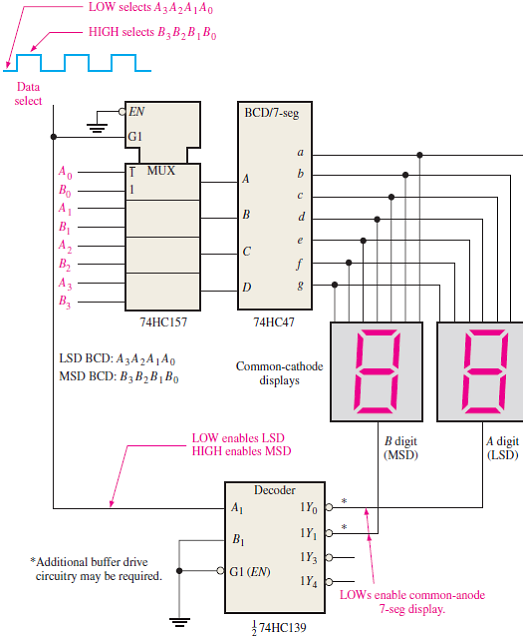
These common anode/cathode are internally shorted so we need to connect only one COM pin. There are 10 pins, in which 8 pins are used to refer a,b,c,d,e,f,g and h/dp, the two middle pins are common anode/cathode of all he LEDs. We can refer each segment "a,b,c,d,e,f,g" and for dot character we will use "h". As shown in the above image of a 7-segment display, it consists of 8 LEDs, each LED used to illuminate one segment of unit and the 8 thLED used to illuminate DOT in 7 segment display. We can refer each segment as a LINE, as we can see there are 7 lines in the unit, which are used to display a number/character. It is also able to form some alphabets like A, B, C, H, F, E, etc.ħ segment displays are among the simplest display units to display the numbers and characters. As its name indicates, it is made of seven different illuminating segments which are arranged in such a way that it can form the numbers from 0-9 by displaying different combinations of segments. They are most commonly used in electronic devices like digital clocks, timers and calculators to display numeric information. I feel that there is a more efficient way to implement this, since the truth table somehow exhibits a "pattern".A seven-segment display (SSD) is a widely used electronic display device for displaying decimal numbers from 0 to 9. Which will then be fed to the two BCD decoders that is: \$0010\$ to BCD deocder 1 and \$1001\$ to BCD decoder 2 so that the two seven-segment displays would show 29.


The minterms are derived from the truth table for example: Where \$d_i\$ represents the input to the two BCD decoders connected to the two seven-segment displays and \$ABCDE\$ are the 5-bit binary inputs that must be displayed by two seven-segment displays. \\d_4=A^\prime BD+A^\prime BC+AB^\prime C^\prime +BCD\\d_5=A^\prime BC^\prime D^\prime +AB^\prime C^\prime D+ABCD^\prime\\d_6=A^\prime B^\prime C+A^\prime CD+AC^\prime D^\prime+ ABC^\prime\\d_7=A^\prime B^\prime D+B^\prime CD+A^\prime BCD^\prime+ AB^\prime C^\prime D^\prime+ ABC^\prime D\\d_8=E Without using an Arduino and microcontrollers, is this the most efficient way to implement two seven-segment displays to show 2-digit numbers (0-30) with the help of BCD decoders?


 0 kommentar(er)
0 kommentar(er)
